Example of expenses
Hasanlu bowl, found in 1958, 9th century BC
Hasanlu bowl, found in 1958, 9th century BC
Just to get an idea of the cost of archaeology, here are some examples of regular expenses:
In euros:
Achaemenid coin

In rials :
Coin of Alexander the Great
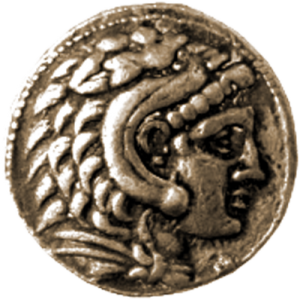
Parthian coin
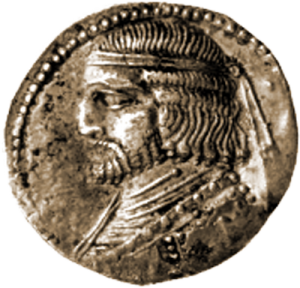
Sassanid coin (with the fire altar)
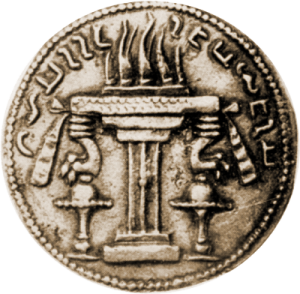
Sassanid coin of Ardeshir I
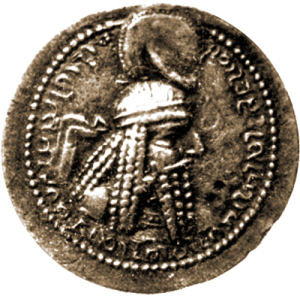
Here is the example of a 10 members team, composed of 5 Europeans and 5 Iranians (including 2 undergraduate Bachelor students and 2 Master / Ph. D graduate students), working for 45 days with 15 local workers (40 working days in the field) :
| 5 Round trip flight tickets and 5 visas : | 3050 euros |
| Car rental : | 1000 euros |
| House rental : | 825 euros |
| Salary for 15 workers for 40 days : | 6000 euros |
| Salary of 2 Iranian undergraduate Bachelor students for 45 days : | 720 euros |
| Salary of 2 Iranian Iranian Graduate Master / ph. D students for 45 days : | 1170 euros |
| salary of a cook for 45 days : | 585 euros |
| Food cost for 10 persons for 45 days : | 1170 euros |
| Excavation furniture cost : | 800 euros |
Sassanid silver vessel found in Qouri Qaleh cave (Kermanshah, Iran)
Late Sassanid coin

The cost of such an excavation would be then around at least 15 320 euros, without taking into account expenses like the petrol, the rental of costly devices (like a total station for topographic measurements), the transportation cost for all the members between Tehran and the field, the insurances, the cost of the analyses made after the excavation…
The cost of such an operation would then be finally closer to 20 000 euros.
These examples aim to give a realistic view of the cost of fieldwork activities. Archaeology remains however one of the least expensive scientific discipline, compared above all to ‘hard sciences’.
Early Islamic coin
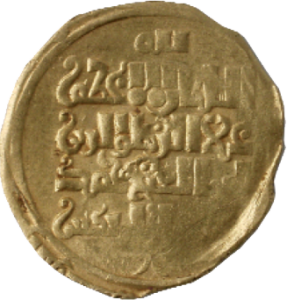
Armlet coming from the Oxus treasure (5th-4th century BC, British Museum)



